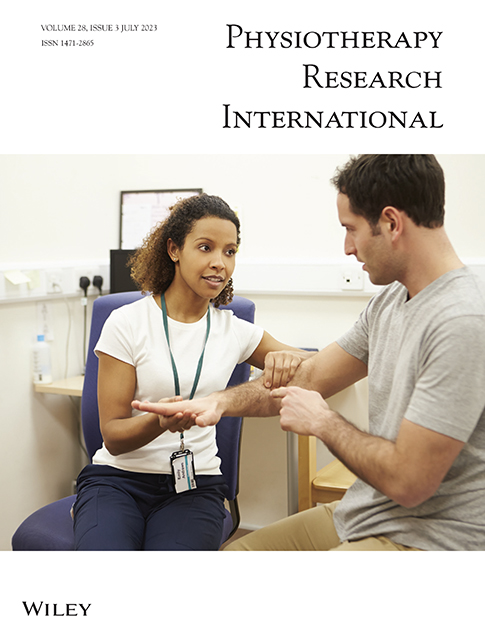Home-based video assessment of ease of movement for patients with Duchenne: Interviews with physical therapists to select movement tasks
Abstract
Background and Purpose
Patients with Duchenne muscular dystrophy (DMD) change their movement patterns to compensate for muscle weakness. The Duchenne Video Assessment (DVA) measures ease of movement through evaluation of compensatory movements. The DVA directs caregivers to video record patients performing home-based movement tasks using a mobile application, and DVA-certified physical therapists evaluate the videos using scorecards with prespecified compensatory movement criteria. Two qualitative interview studies were conducted to select movement tasks for the DVA that are relevant to patients with DMD and able to reflect changes in function.
Methods
Qualitative interviews with eligible physical therapists were conducted remotely. Physical therapists were asked to spontaneously suggest movement tasks prior to evaluating specific movement tasks selected a priori. Analysts conducted a content analysis to investigate whether movement tasks selected a priori were confirmed as relevant to the population of interest and able to show changes in function.
Results
The studies included five physical therapists to select tasks for ambulatory patients with DMD and six for non-ambulatory patients. For an ambulatory population, all five experts confirmed Climb Five Stairs, Run, Stand Up from Sitting, Sit Up from Supine, and Jump Forward, and four (80%) confirmed Walk as relevant and able to show functional changes. For a non-ambulatory population, all six experts confirmed Eat 10 Bites, Roll Over in Bed, Shift Weight in Bed, Take T-Shirt Off, Put T-Shirt On, Put Arms on Armrest, and Reach Across Table to Grab Cell Phone, and five (83%) confirmed Raise Hands Above Head as relevant and able to show functional changes.
Discussion
Physical therapists confirmed the DVA movement tasks as relevant to patients with DMD and able to reflect changes in function. The use of the DVA in clinical trials provides an opportunity to collect data not seen in clinic and reduce travel burden for families.
CONFLICT OF INTEREST
Hannah Staunton is an employee and shareholder of Roche Products Ltd. Maitea Guridi Ormazabal is an employee of F. Hoffmann-La Roche. Bassem Elmankabadi was formerly an employee of FibroGen. Marielle Contesse, Jason Hodges, Sonya Elder, and Mindy Leffler are all employed by Casimir LLC. Additionally, Mindy Leffler is an owner of Casimir LLC. Casimir LLC developed the Duchenne Video Assessment and uses it commercially. Their employment at Casimir did not interfere with the full and objective presentation of the research.
Open Research
DATA AVAILABILITY STATEMENT
The de-identified data used and analyzed during the current study are available from the corresponding author on reasonable request.




